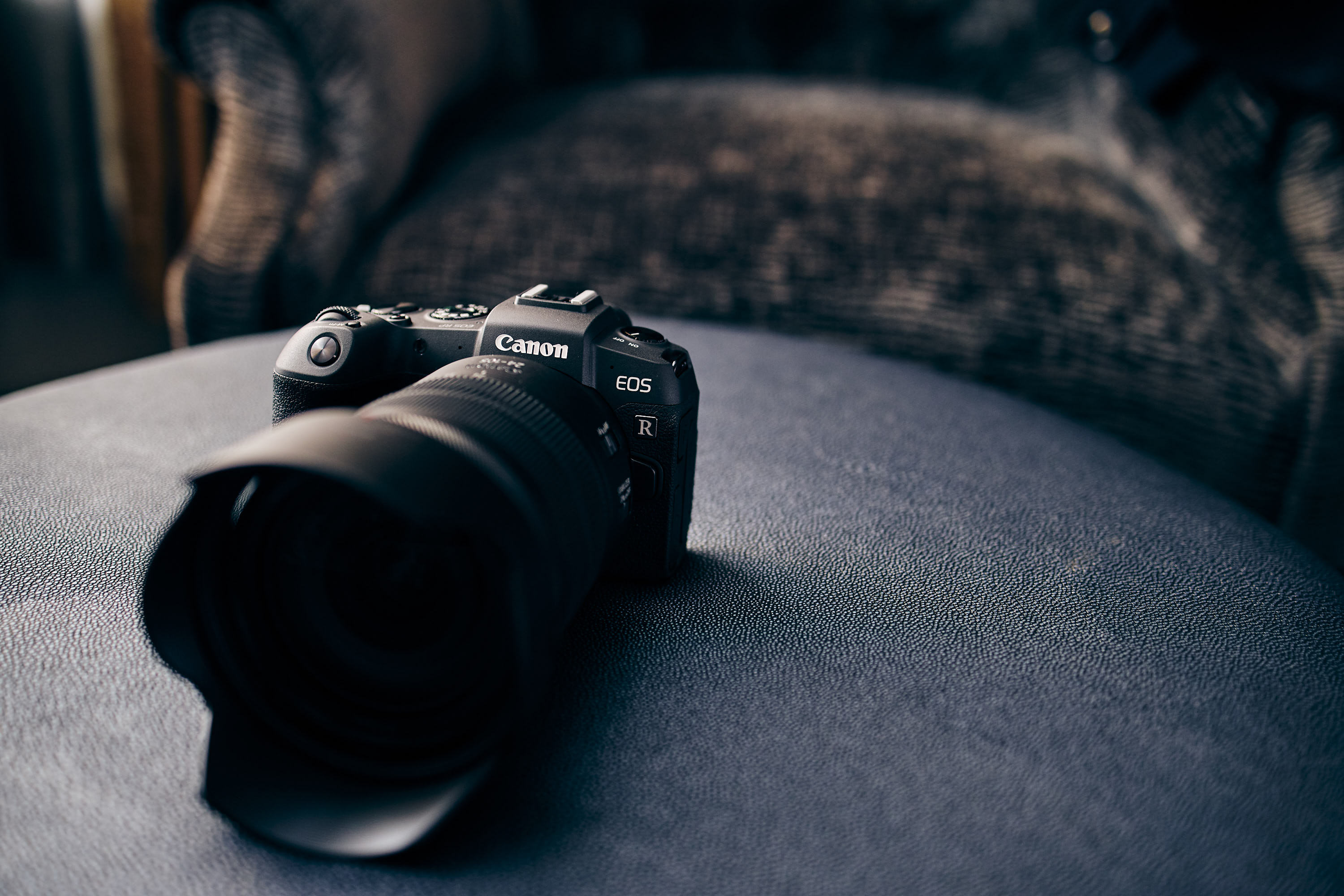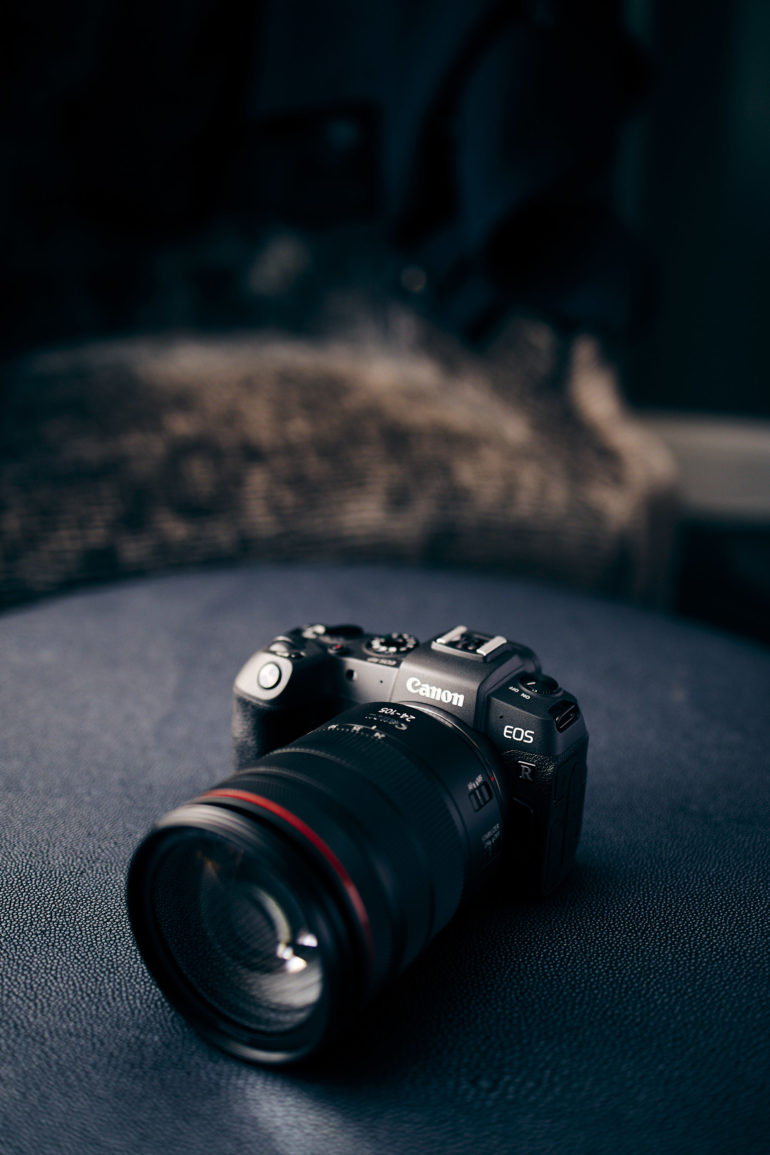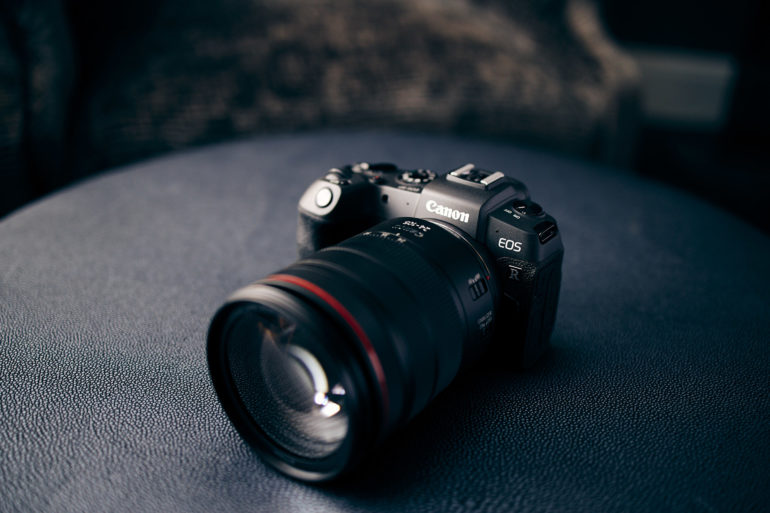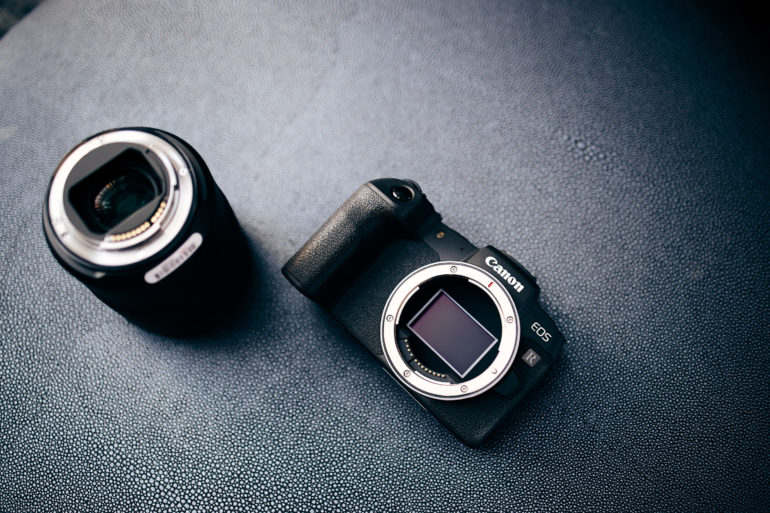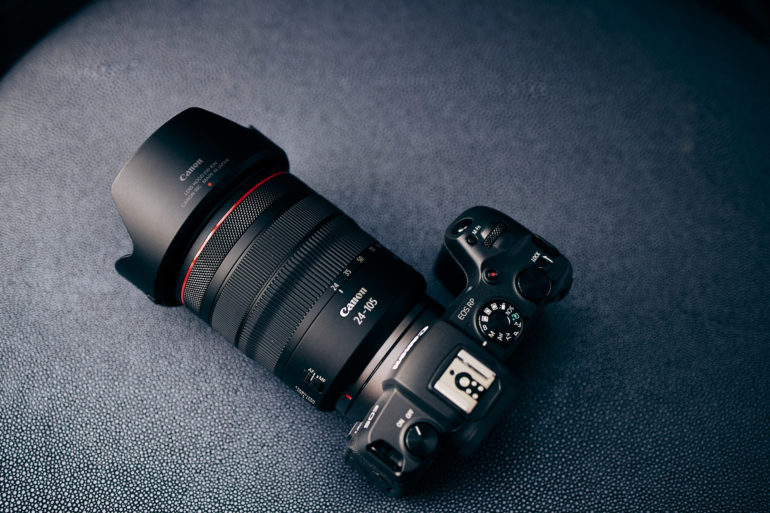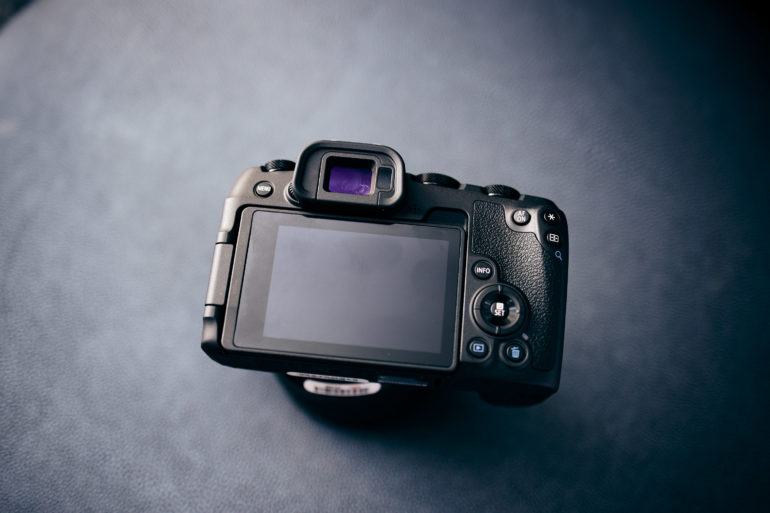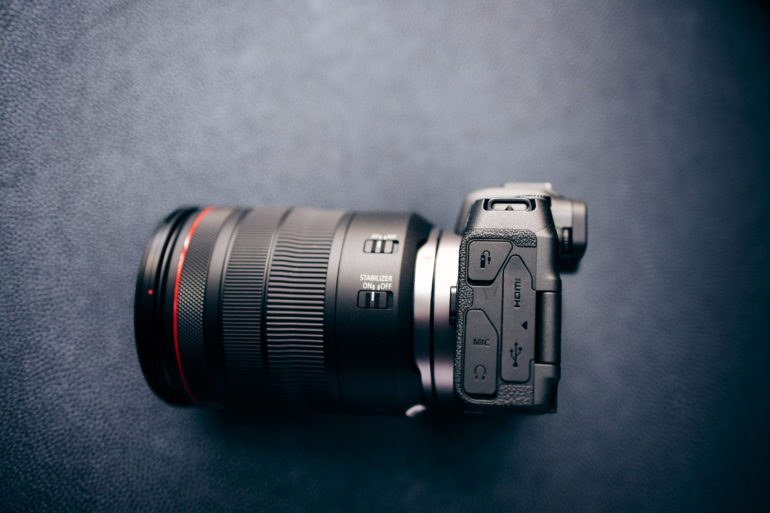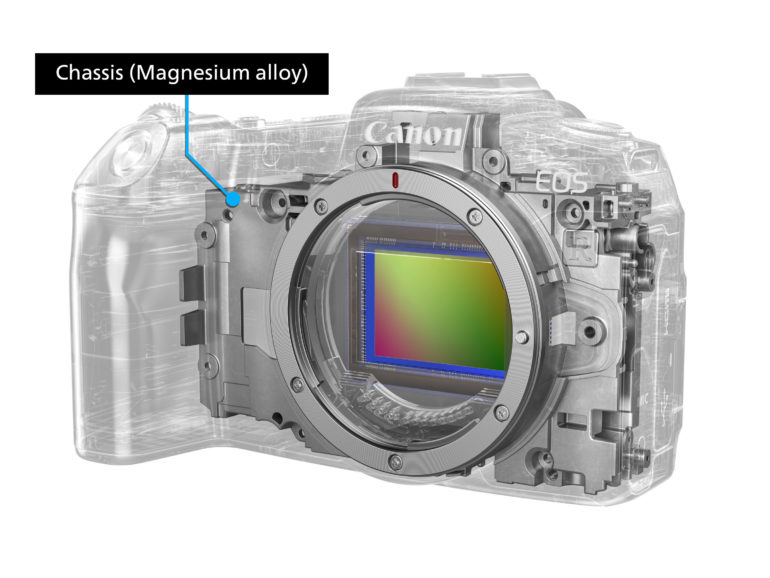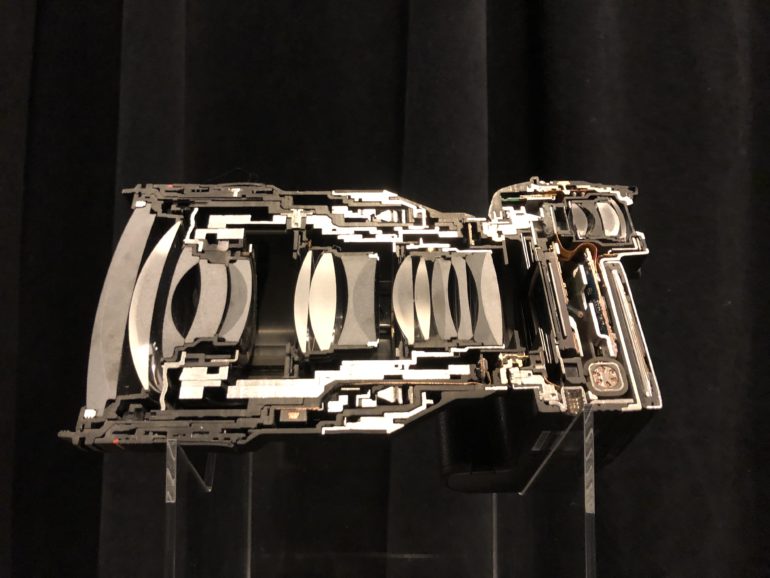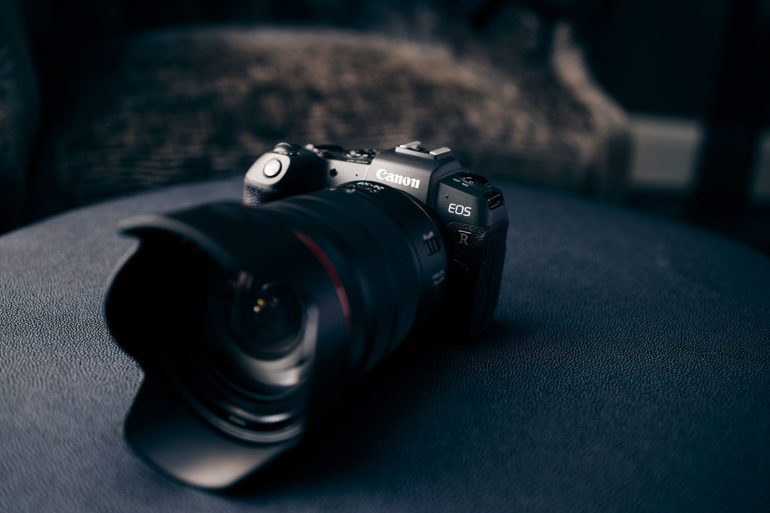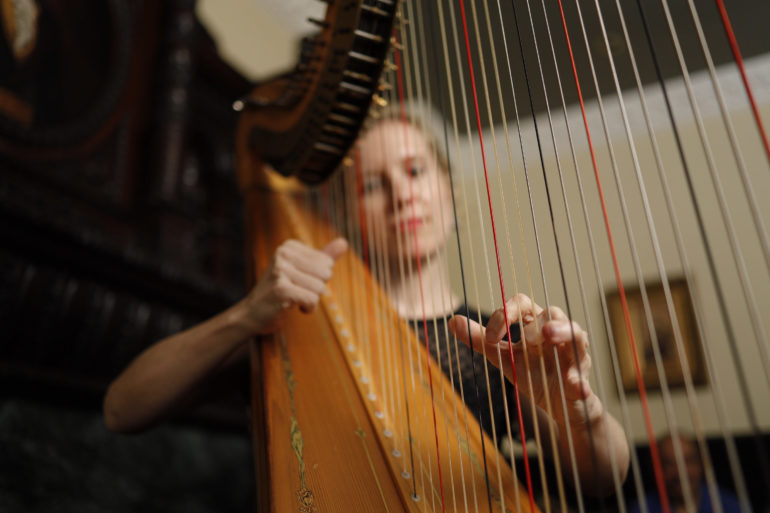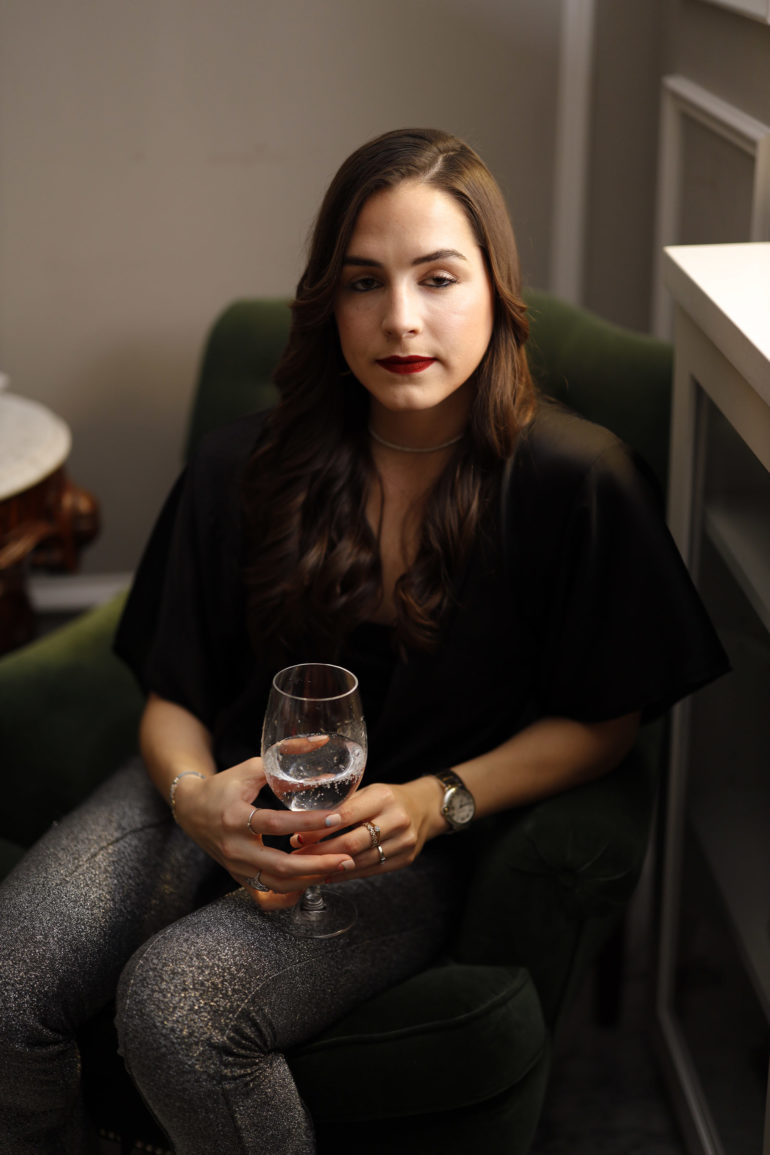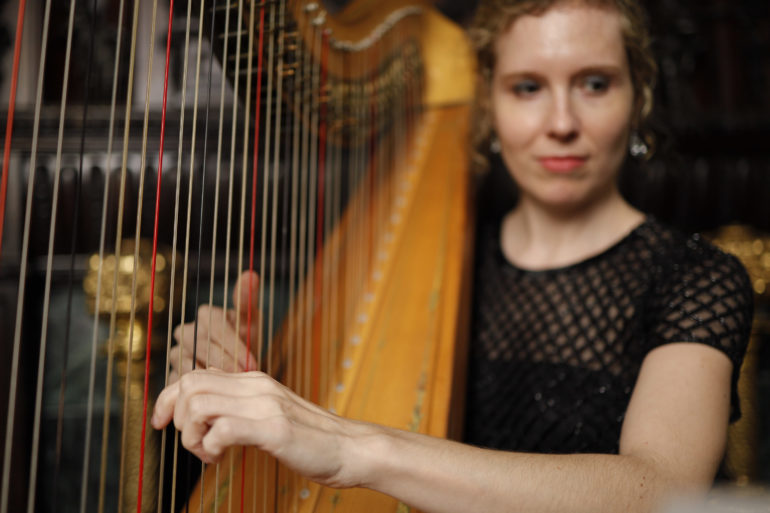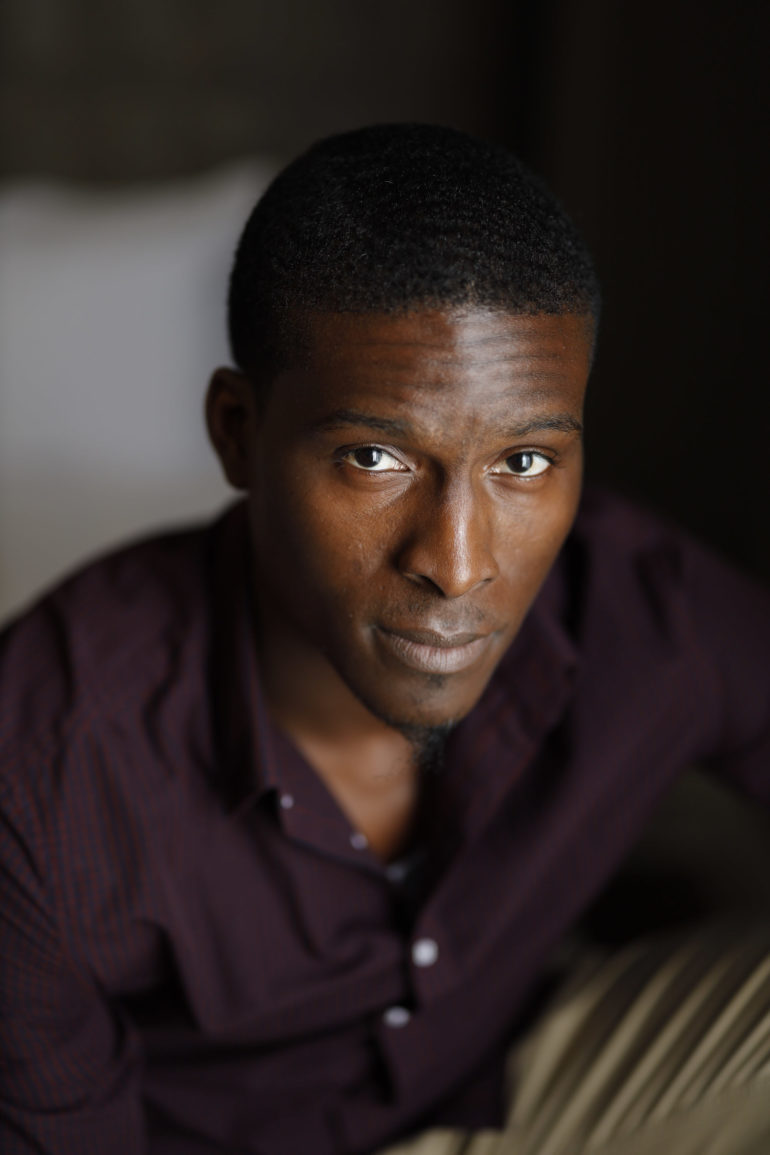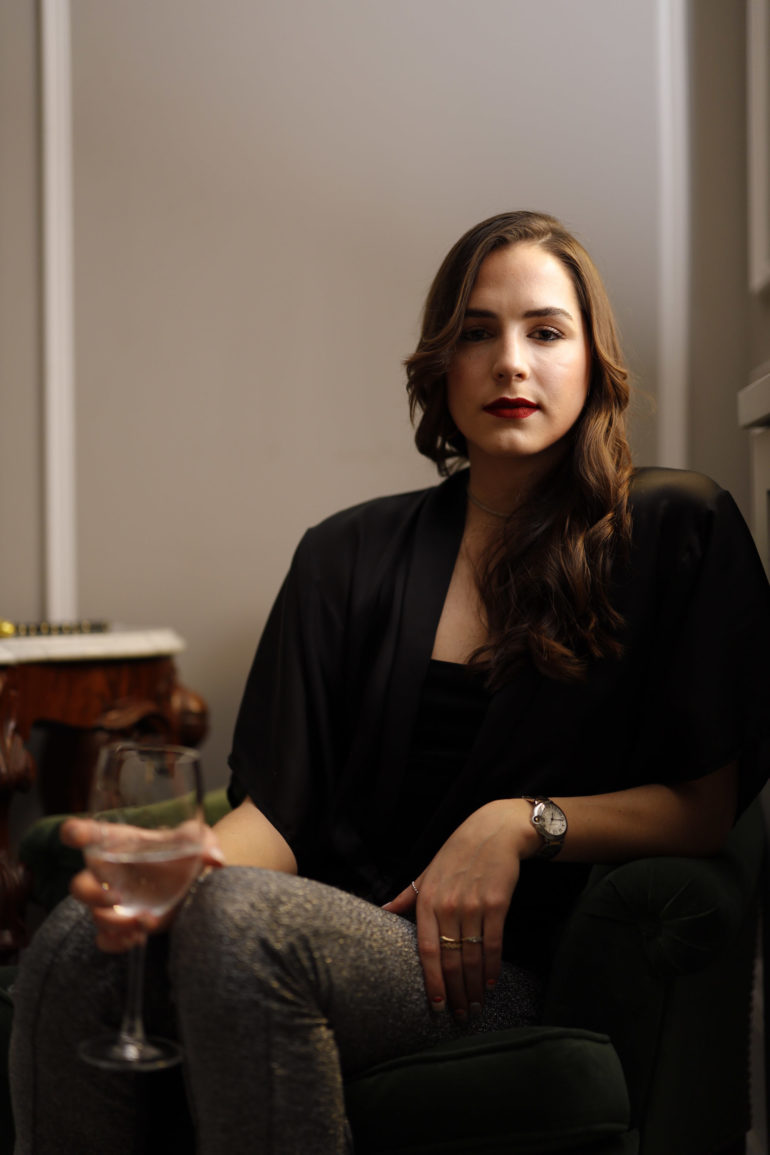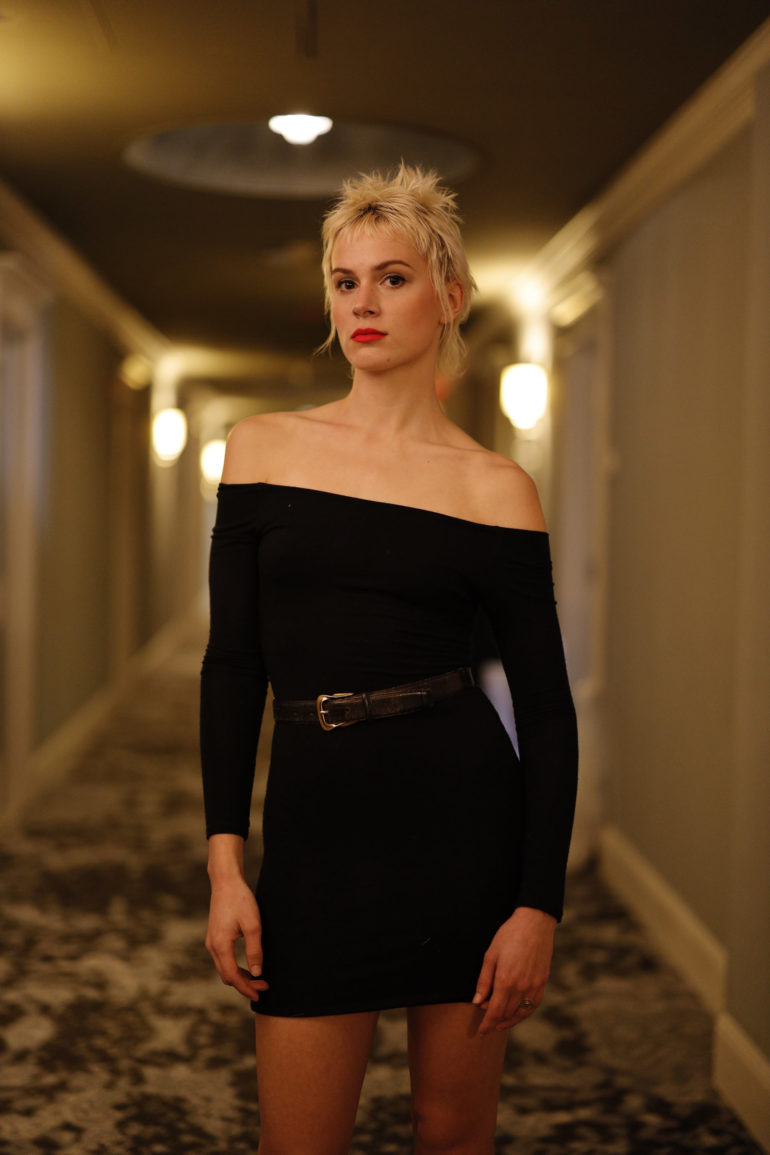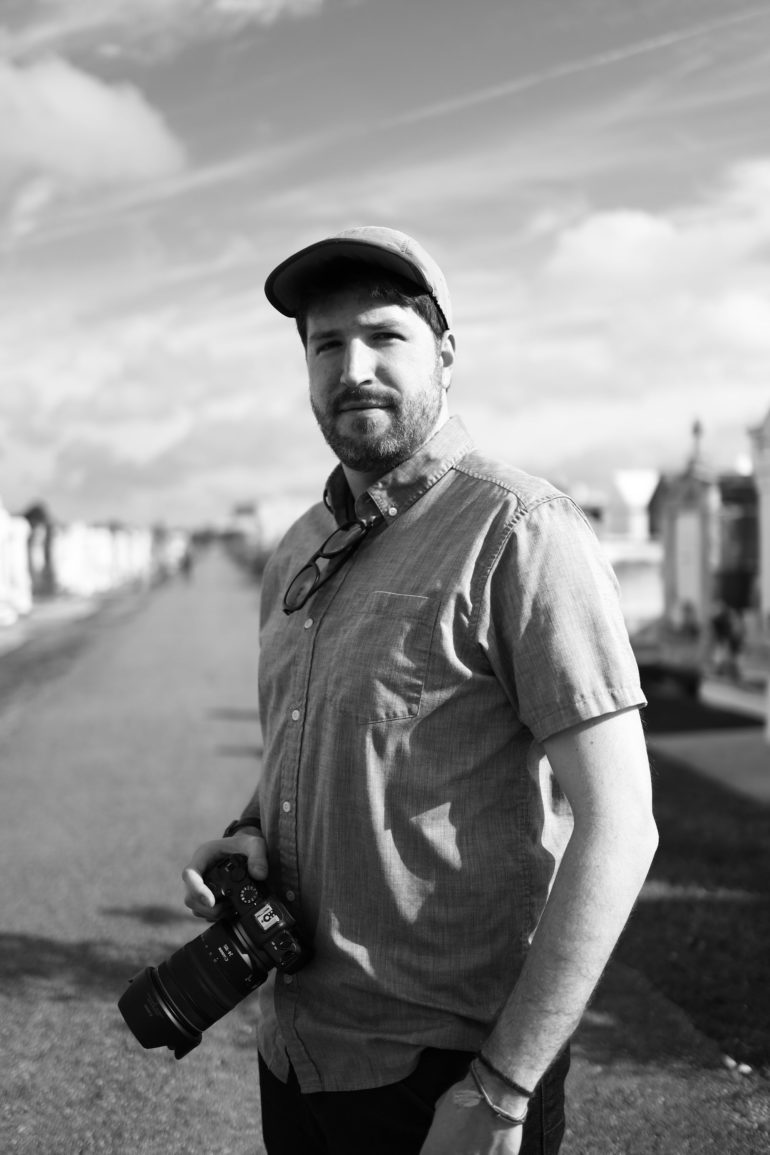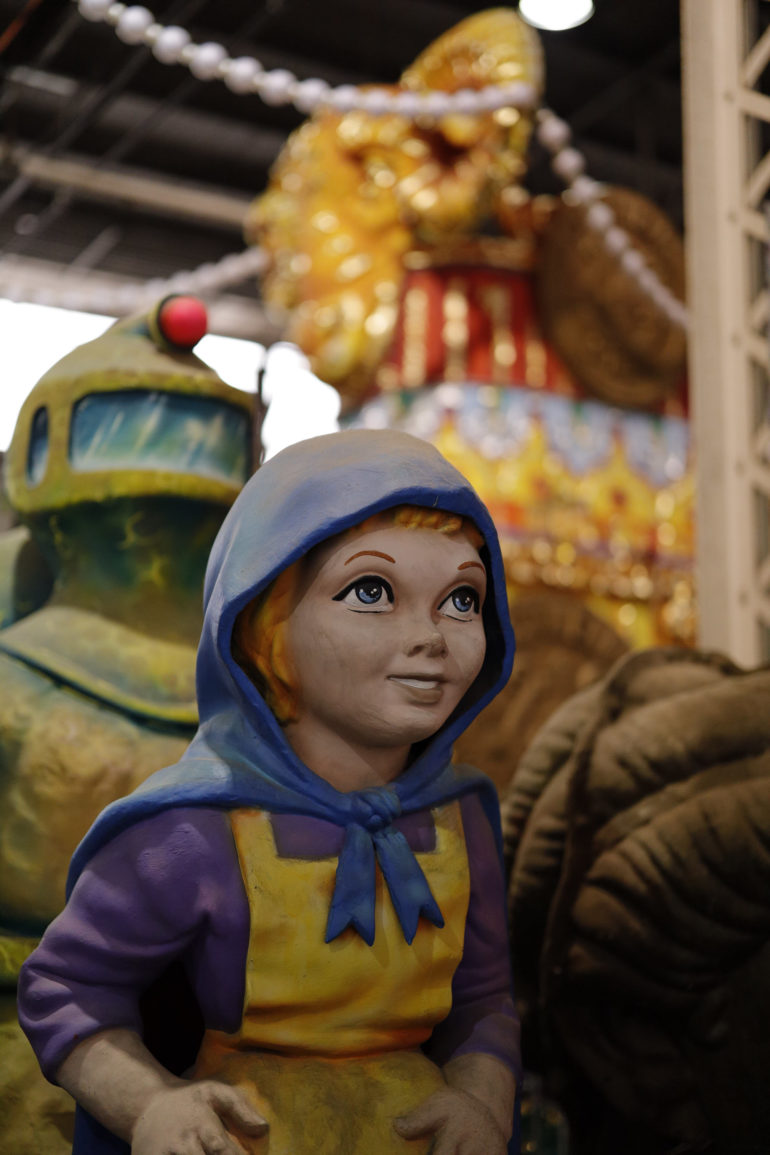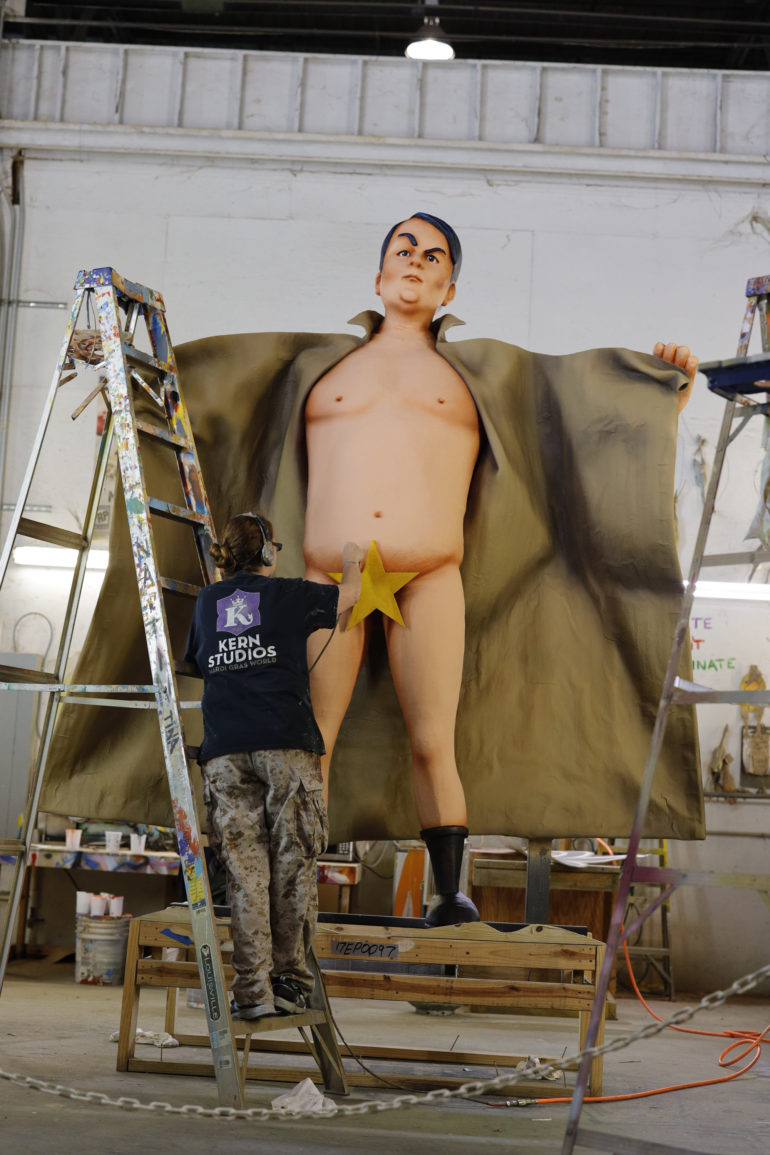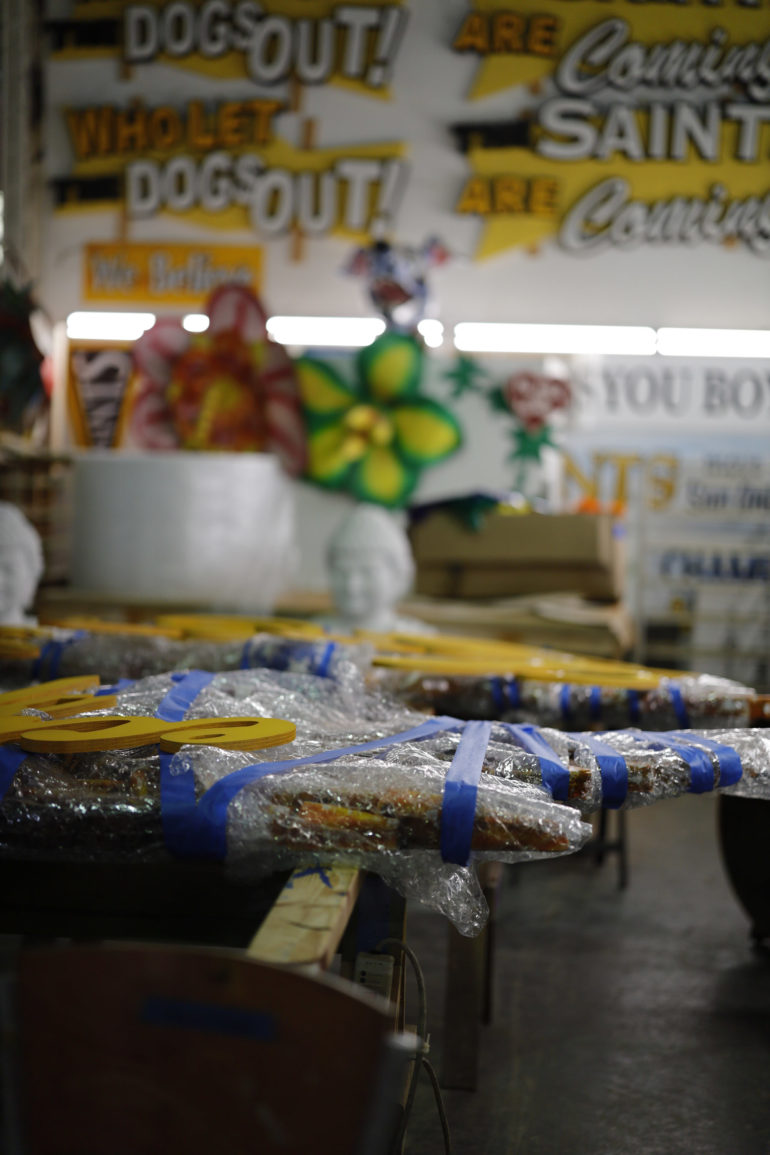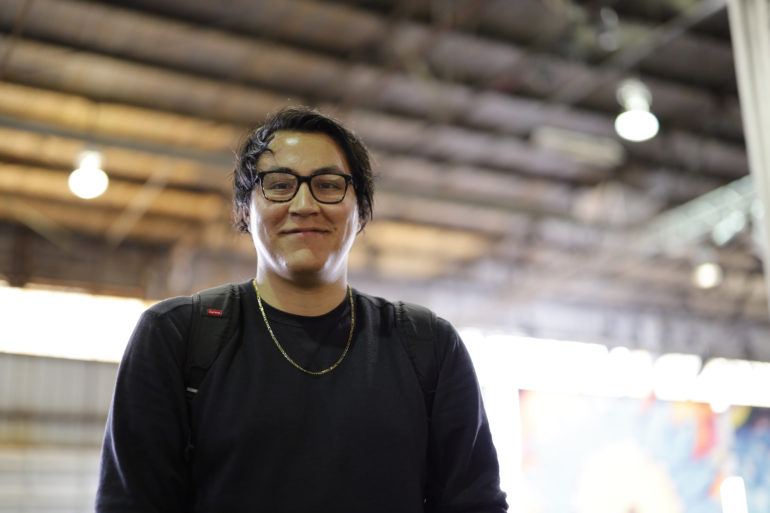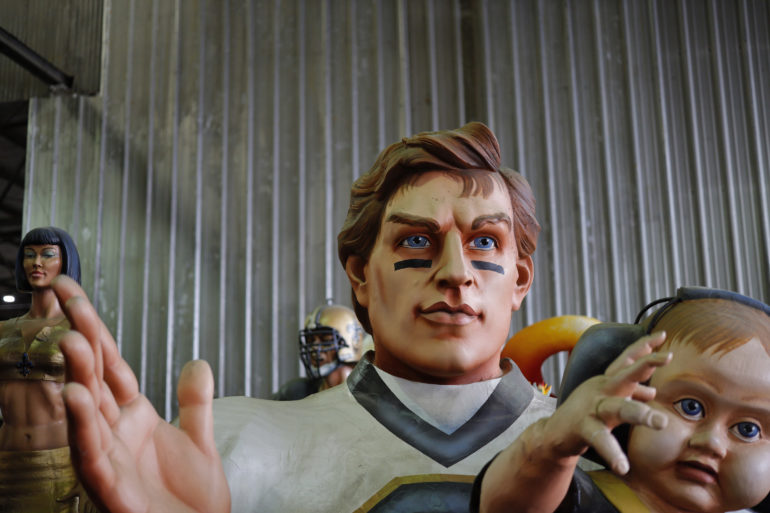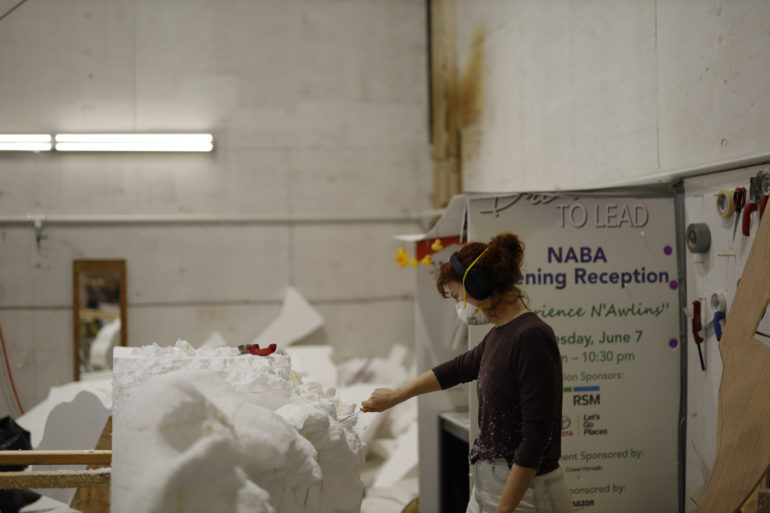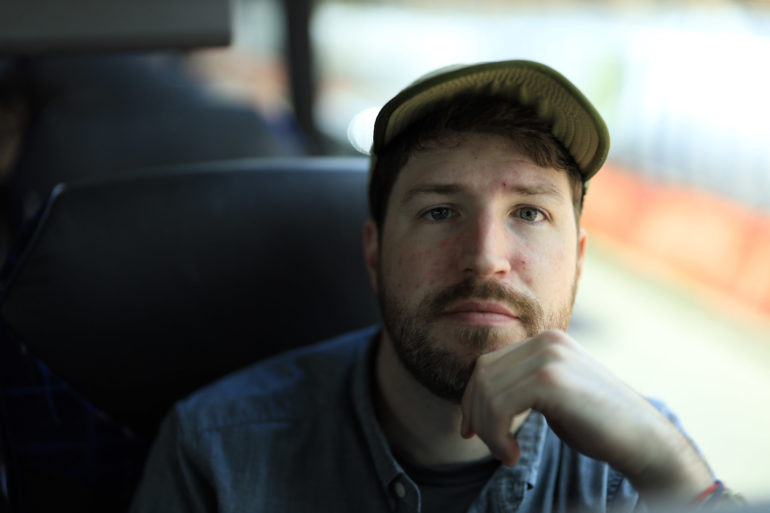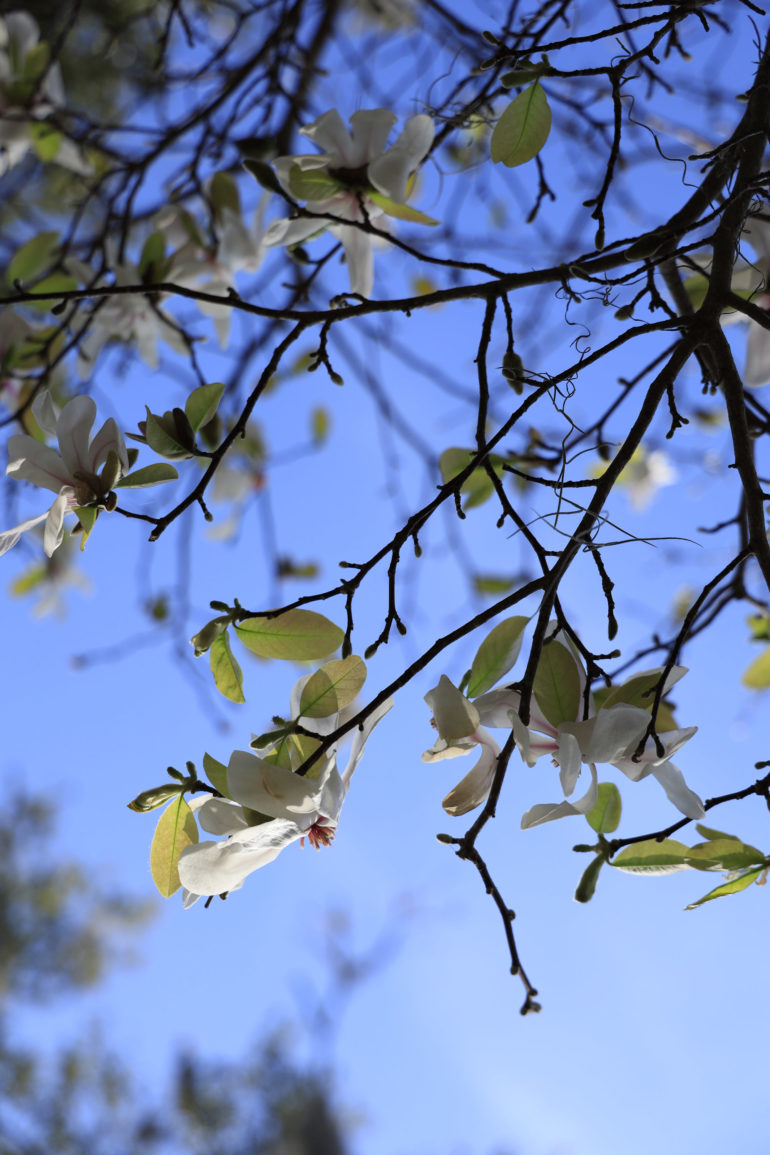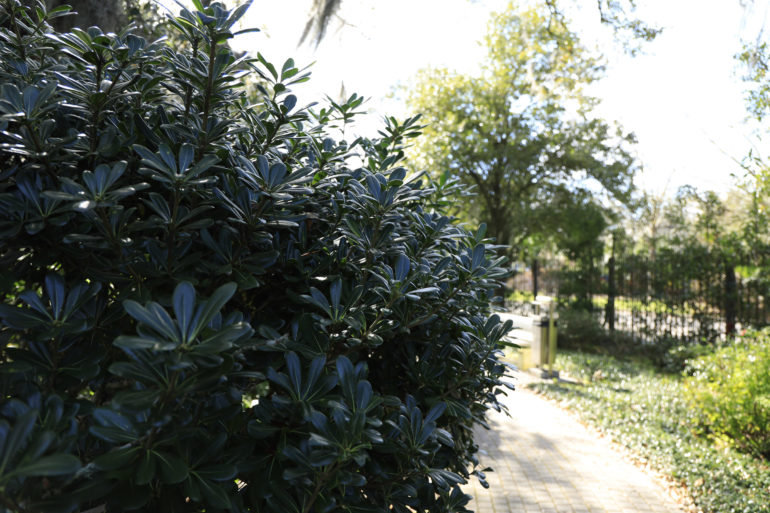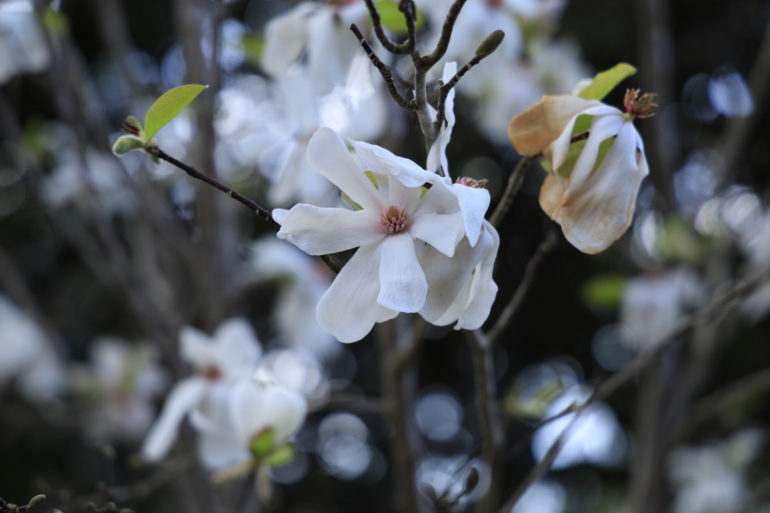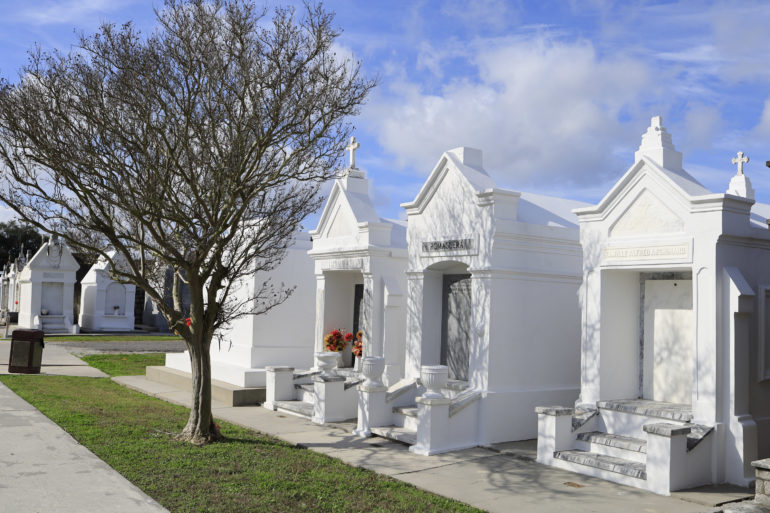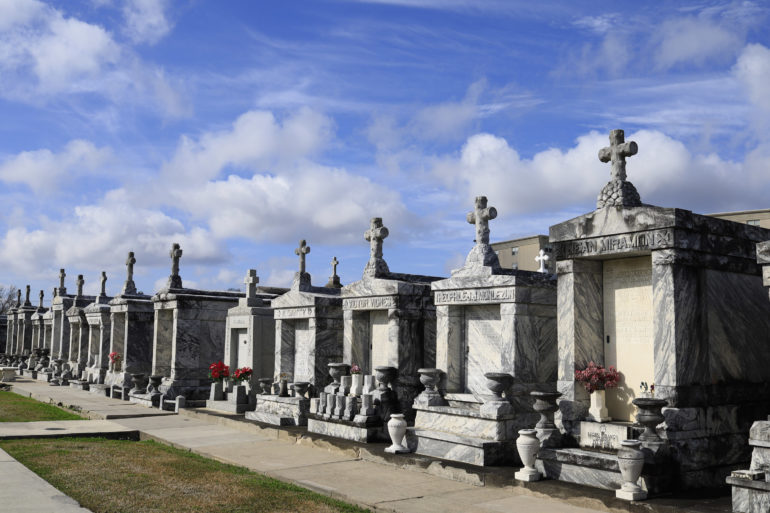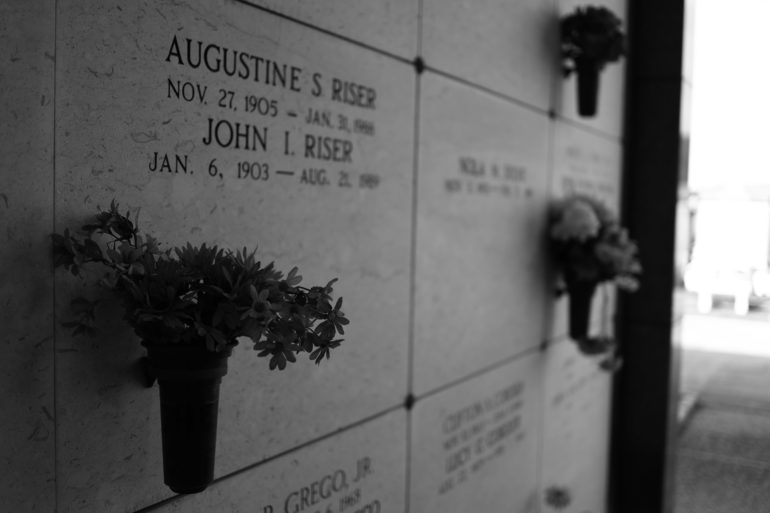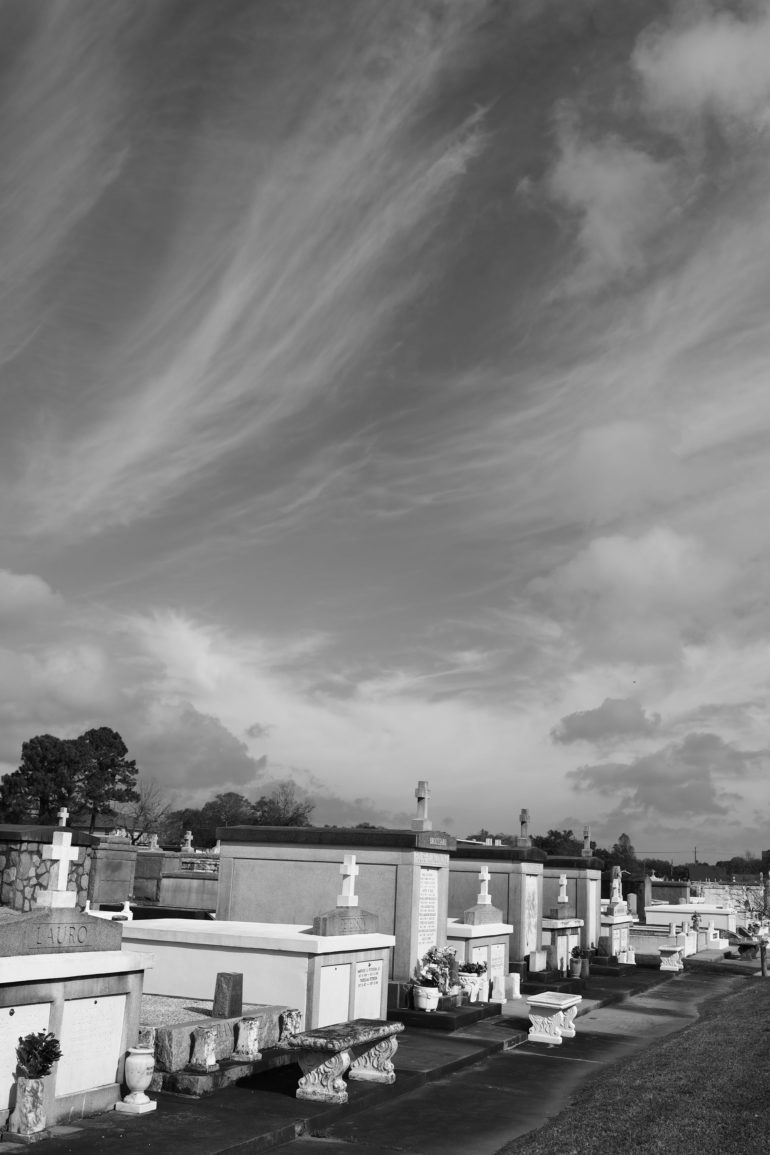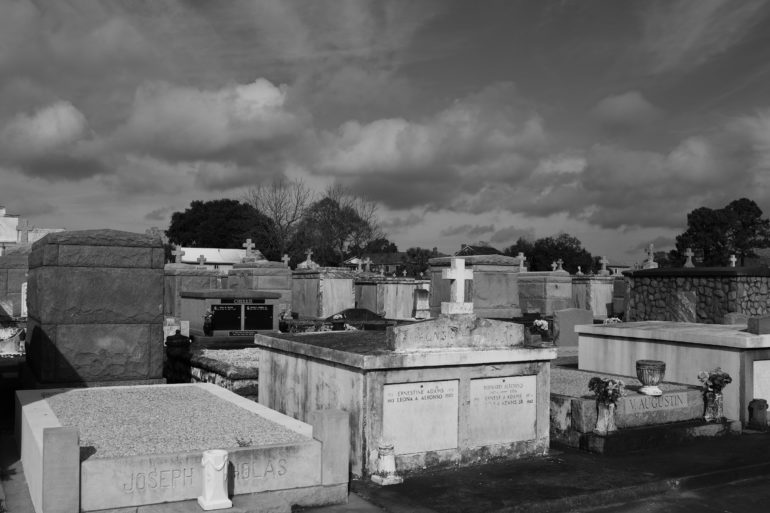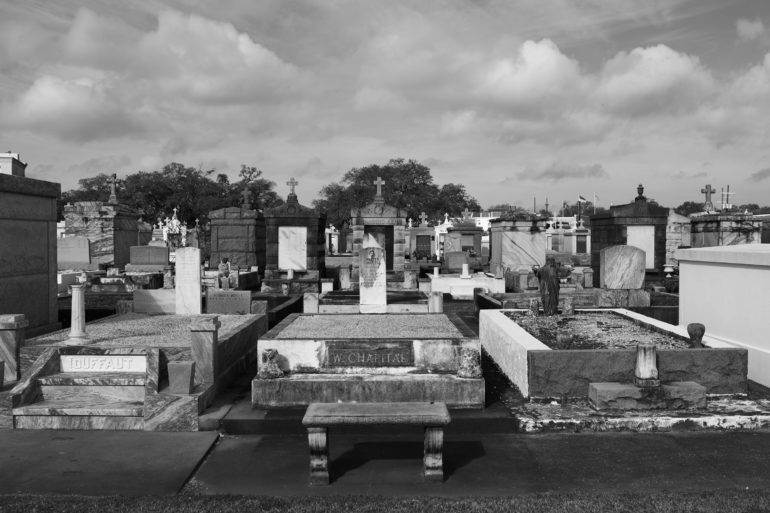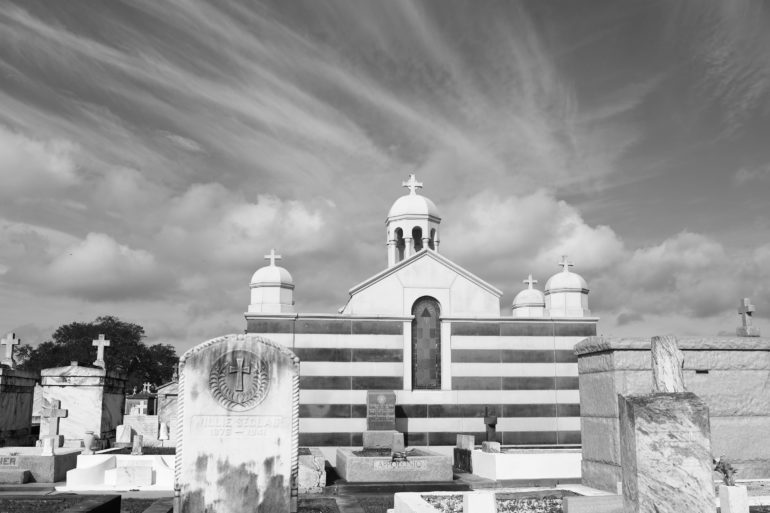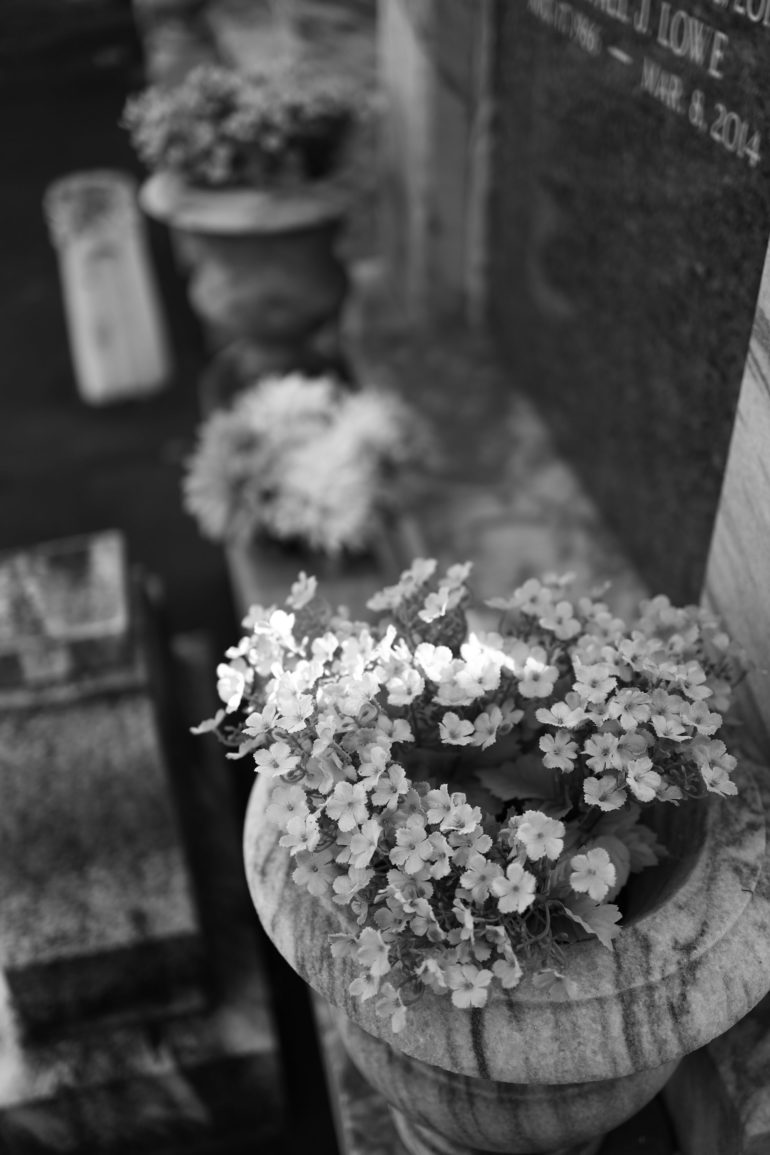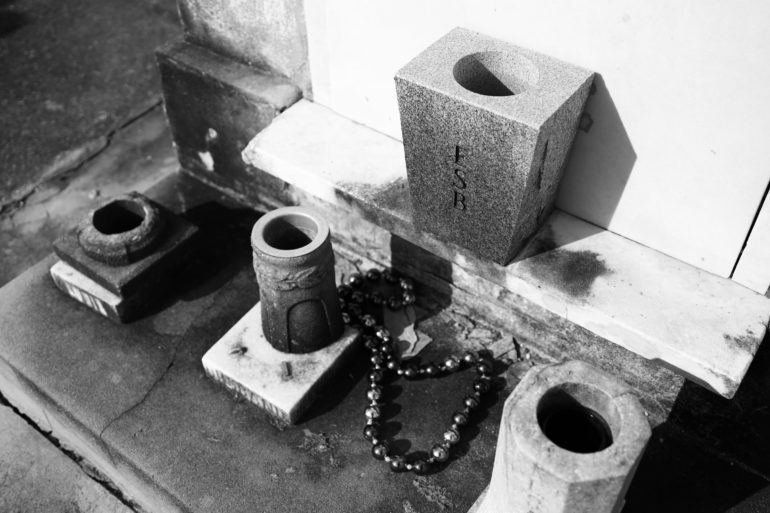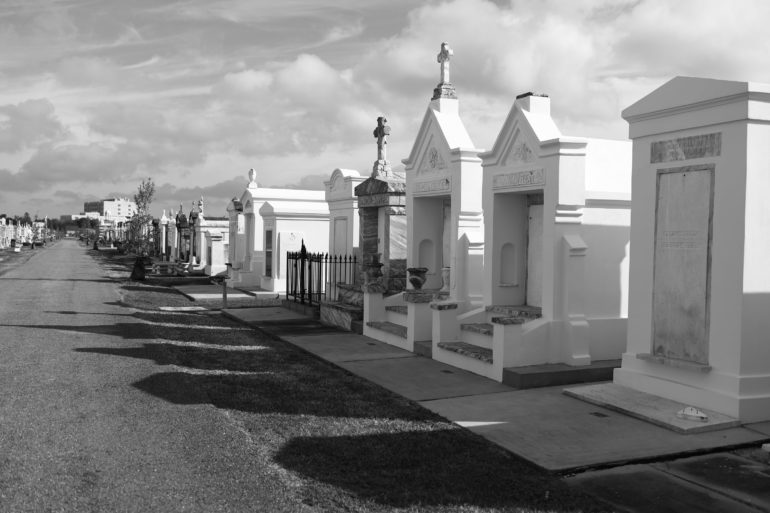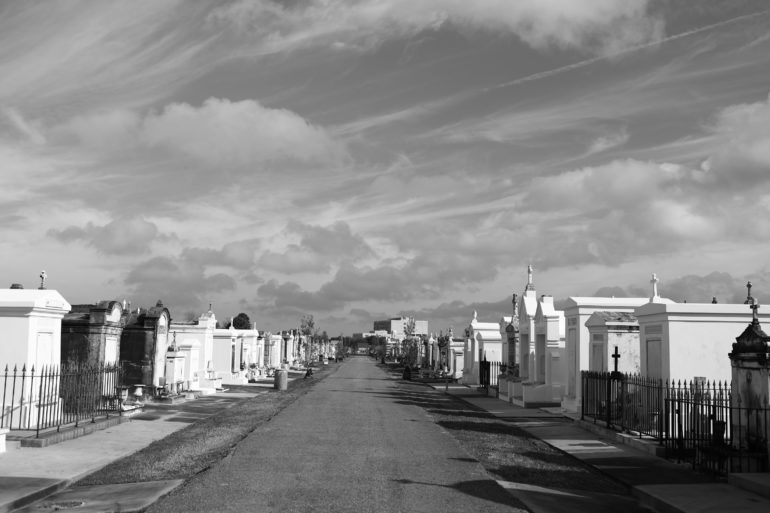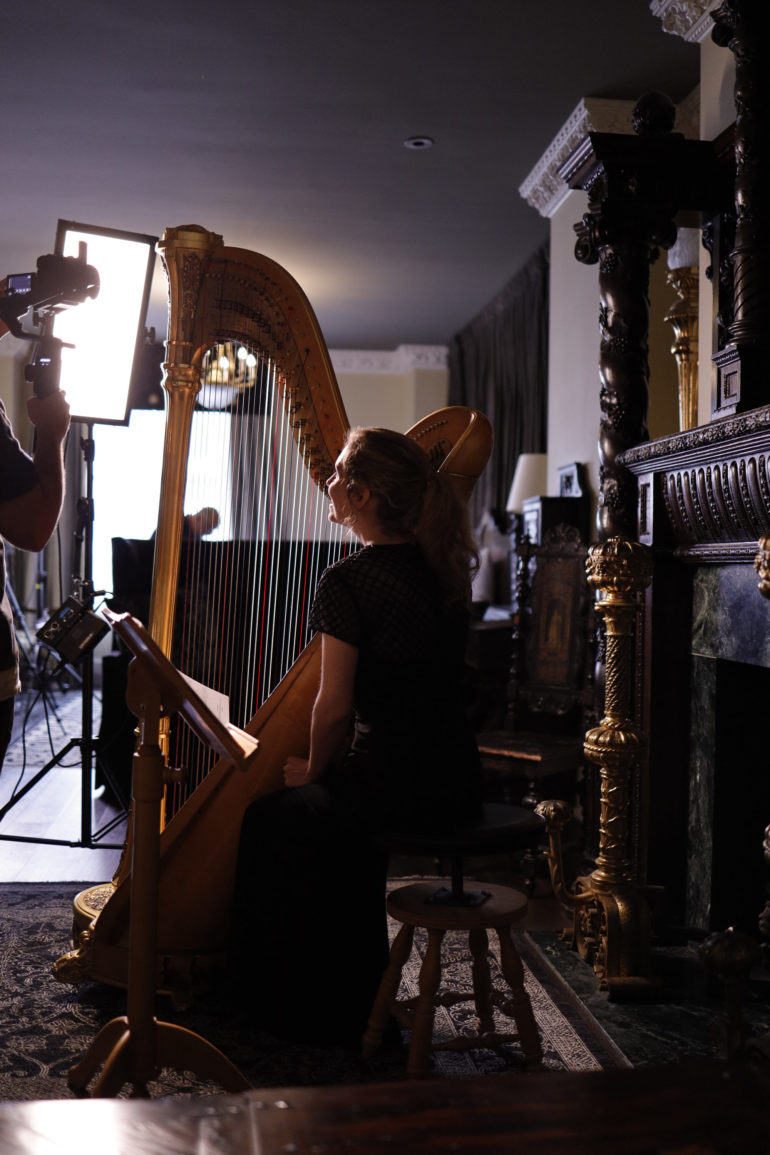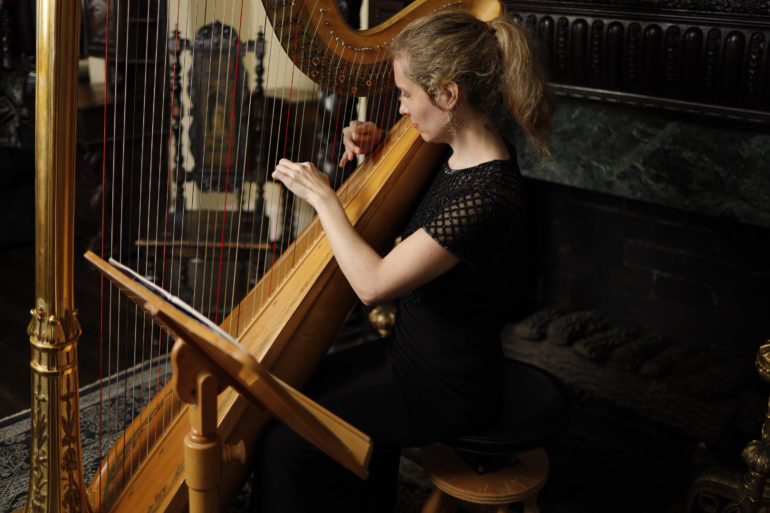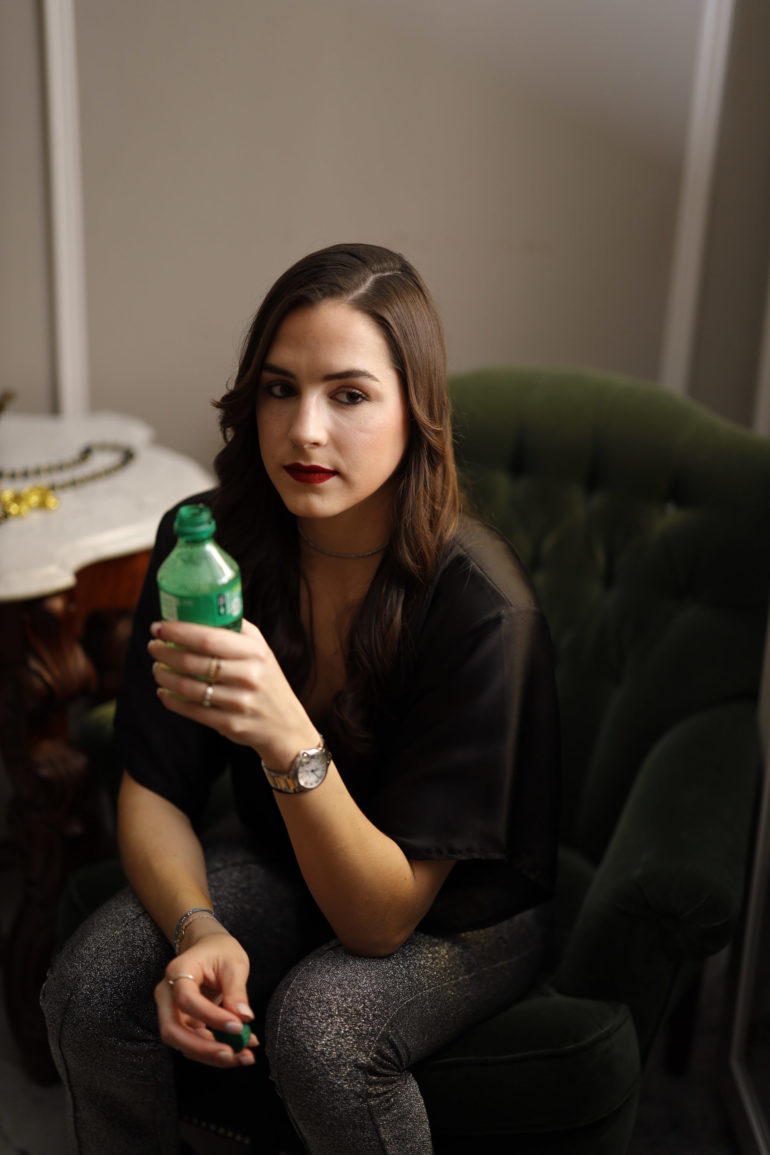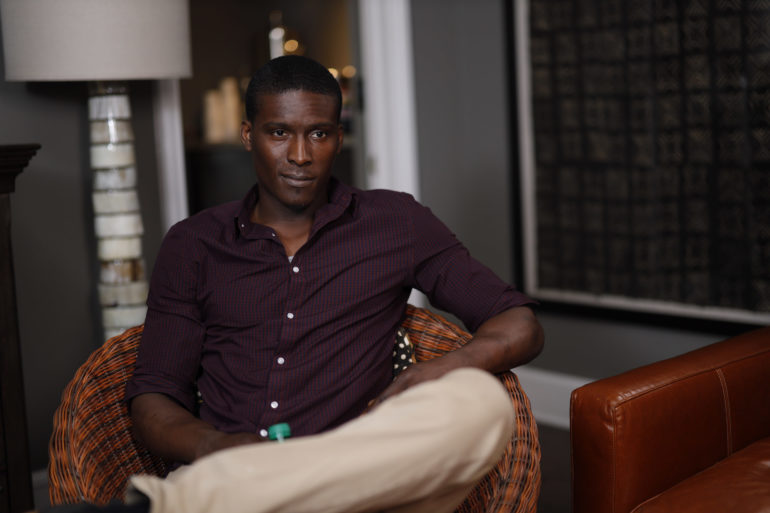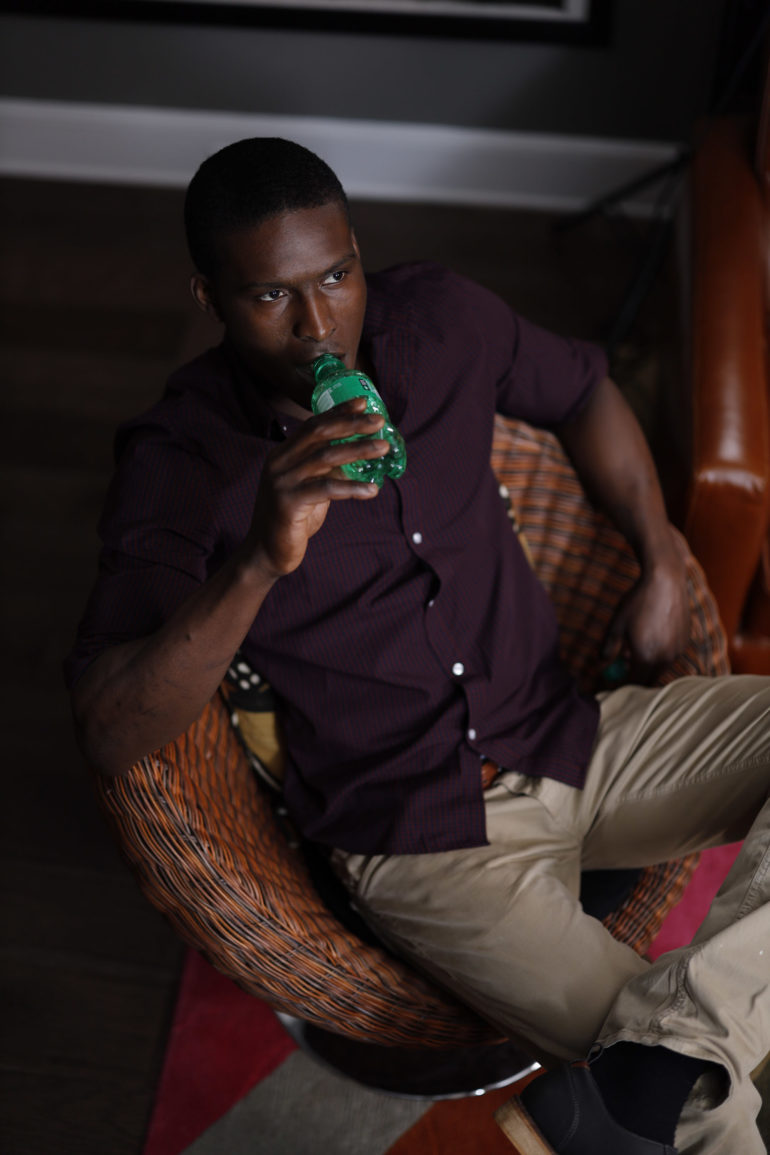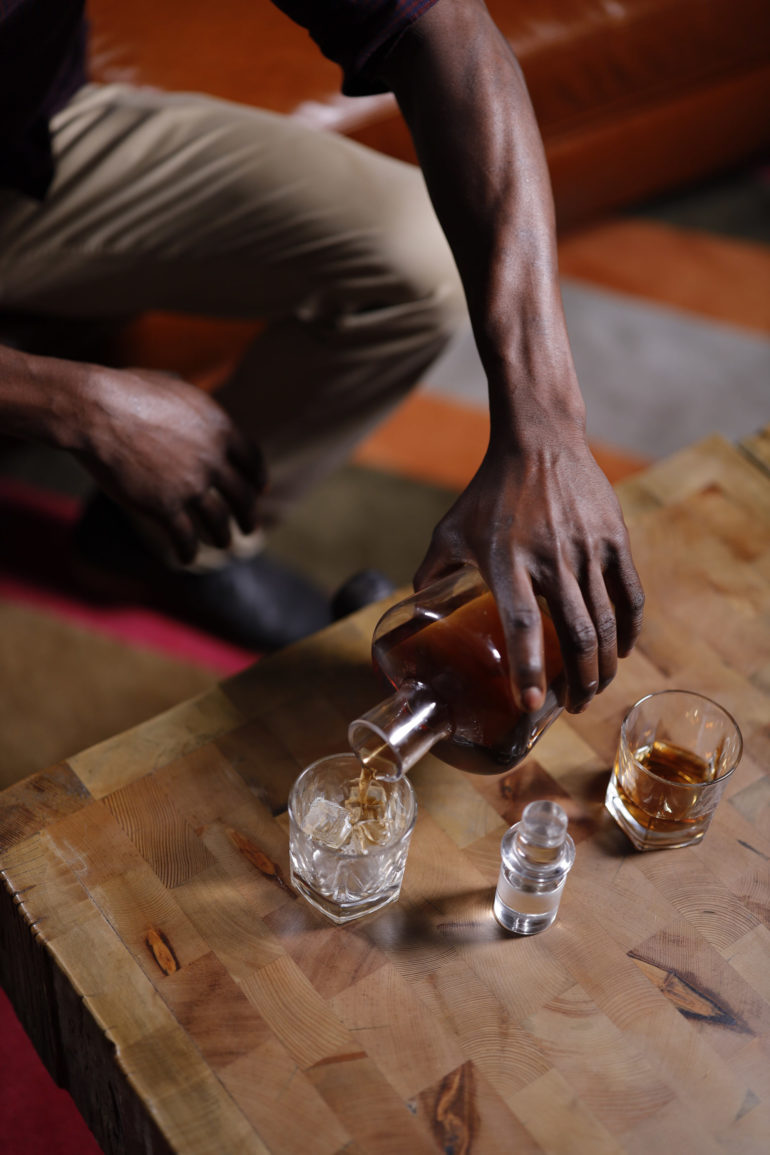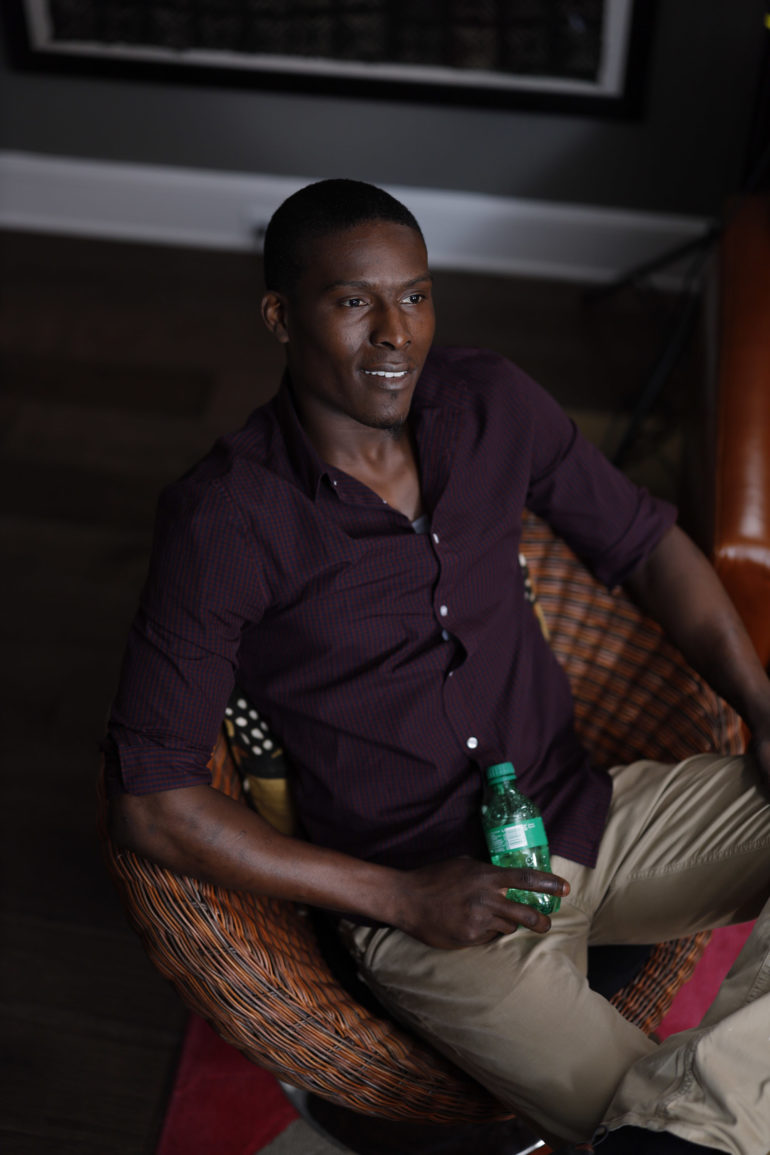The Canon EOS RP represents the company’s attempt to win the entry level users over at a $1,299 price point.
Alas, we aren’t being treated to Canon’s high end EOS R camera, but with the Canon EOS RP we’re getting a pretty interesting candidate in the mix. The Canon EOS RP is being aggressively priced at $1,299 and has the same sensor at the heart of the Canon 6D Mk II. That wasn’t always my favorite sensor, but after Tony Northrup’s video on it a while back the internet swooned over it again. My issue is that in Lightroom, we found the highlight recovery to be awful but in Capture One it was quite good. Beyond this are some head scratching features in the Canon EOS RP, like silent shooting mode being a dedicated shooting mode with no manual controls in the same way that you get with the Canon EOS M50. This isn’t the case with the EOS R, which has an option for silent shutter photography. Maybe with the professional level camera, Canon will finally take this feature seriously–and during my time in New Orleans with the camera, I heard many other journalists agree.
The Canon EOS RP is a super small and lightweight camera and if anything I’d almost want to liken it to a Rebel. But it isn’t. It has Dual Pixel CMOS AF, 2.35MP EVF, and a vari-angle touch screen in an otherwise very barebones camera. But that’s what it’s designed to be. Like Sony with the Sony a7 III, Canon isn’t putting anything really innovative into this camera body due to it’s intentional design for a very basic and entry level crowd.
But I’m really wondering if this is going to be enough.
Tech Specs
- 26.2MP full frame sensor, same as that in the Canon 6D Mk II
- Same build as the Canon 6D Mk II
- Takes SD cards
- AF works down to -5EV
- 4779 autofocus points when selected with the cross keys
- ISO 100-40,000
- Flash sync to 1/180th
- 5fps shooting
- With tracking Servo, max 4fps shooting
- 4K video at 23.98fps. IPB
- Dual pixel CMOS AF
- 3 inch 1.04 million dot LCD screen with vari-angle abilities
- Wifi
- 3.5mm stereo mini jack
- Not the Canon EOS DSLR batteries; more like the smaller Rebel batteries.
Ergonomics
The Canon EOS RP is a sort of boxyish looking camera. But in other ways, it isn’t. It’s weird–in some ways it reminds me of Sony’s a99 series made smaller and mirrorless while also alluding to Canon’s own pellicle mirror cameras from back in the film days. Nonetheless, the new Canon EOS RP has a very distinct look.
Here’s a top down view with the lens off. You can see the unprotected sensor and now you’ll see that this is one of the biggest differences between the Canon EOS RP and the EOS R. The Canon EOS RP also has little in the way of controls on the front here. There is an exposure dial and an AF/shutter button. That’s about it.
On top of the Canon EOS RP is the on/off switch taking up the top left space while the mode dial flanks the other side of the hot shoe. Then you’ll find the exposure dials and the video record button.
On the back of the Canon EOS RP you’ll notice that only one button is on the top right–the menu button. This layout is a bit awkward to me and in the one day that I used the camera, I wasn’t able to wrap my head around it totally.
On the left side of the Canon EOS RP, you’ll find all the camera’s essential ports. Of course, I don’t expect most shooters to be spending lots of their time here.
Build Quality
The Canon EOS RP is said to have the same build quality as the Canon 6D Mk II. During my time in New Orleans with the Canon EOS RP (which was a day) we didn’t get the chance to test it out in inclement weather. After sitting down in an interview with Canon’s engineers and designers, I pressed them with different questions about the durability; but I was met with not very clear answers except that they’re testing the camera to meet the same standards as the 6D Mk II. There is nothing more than that, and they also were not willing to discuss their internal tests. This makes it very difficult as a reviewer for me to figure out what the camera will and won’t be able to take.
The Canon EOS RP has a magnesium alloy body and providing what we did with the Canon 6D Mk II a while ago, I’m sure that it will be able to survive a rain shower as long as the user has a weather sealed lens too.
Ease of Use
The Canon EOS RP makes some pretty big deviations from the Canon EOS R. There is no magic trackpad for starters. Additionally, Canon’s shutter mechanism doesn’t come down over the sensor when the camera is powered down–which basically makes the shutter protection a Canon EOS R feature only at the moment. Plus there is a dedicated mode dial with specific, dedicated placements on the dial for the different modes. Overall, there is more emphasis put on shooting with less controls. If you’re used to using Canon cameras on the lower end of this, you’ll feel right at home for the most part. If you’re used to higher end cameras, you’ll be able to use it–but I can’t tell you that it will be the most enjoyable experience. One thing that I experienced was viewfinder lag after I took a photo even with image review turned off. That just shouldn’t happen at all.
Also different from the EOS R is how the ISO can be programmed. With the EOS RP, it can only be configured to the ring around the lens–or at least that’s what I found in my tests. With the Canon EOS R, the photographer has the option of programming ISO control to the magic touch bar, the back exposure dial or the lens dial.
What is really baffling to me is the silent shutter mode. Instead of it being a drive mode or even a setting in the menu, it is a dedicate mode on the mode dial. For a customer wanting ease of use, I get it–a “step up customer” as Canon labels them, will enjoy ease of use and simplicity first and foremost. However, I’m very positive that lots of folks these days are hopping onto YouTube to learn settings on cameras and don’t need to be locked to an automatic program mode. Technically, what that means is that the camera also has the capability of having silent shutter in the menu.
Perhaps Canon is doing this as one of their odd ways of keeping different production lines unique. I really hope that this isn’t the case; as they’d be shooting their company in the foot. At the same time, I can’t say that I’m totally against this idea. With Sony’s cameras, all of them more or less feel the same. The only major differences are what’s inside–and what’s on the inside is pretty big. With the Canon RF system, photographers are getting more than just the same body recycled over and over again. That gives me hope that they’re trying, though not exactly always succeeding in everyone’s eyes.
Autofocus
Autofocus on the Canon EOS RP is snappy and accurate when used correctly. By that statement, I mean that someone using the Canon EOS RP should really be placing their focusing points on contrasting areas. Only in low light did the Canon EOS RP seem to have autofocusing issues and that was because the place we were in was lit only by candles.
However, what really still holds the camera back is the lack of a joystick. Users will need to use the D pad on the camera or set the LCD screen to select the focusing point. Canon wouldn’t have dared put a joystick on this camera though if they didn’t add one to the EOS R.
Image Quality
Here are a bunch of image samples from the Canon EOS RP.
First Impressions
I’m still not really sure what to think about the Canon EOS RP. It’s not at all a bad camera, but it surely feels like Canon has held back. I think that if Canon really wanted the entry level crowd that they could have found ways to put more features into this camera despite the already low price point. As it is, the EOS RF system still isn’t even a year old yet. I can see that Canon really wanted to draw over customers. And it makes sense. They’re bundling a 24-105mm f4 L IS USM RF lens with the camera; but I’m genuinely positive that folks aren’t going to buy this camera to use it with L glass the way that most journalists did on this trip.
So far, I think the Canon EOS RP is a pretty darned great buy. But it’s also very entry level–a bit too much so for me. Stay tuned for a more full a thorough review.


